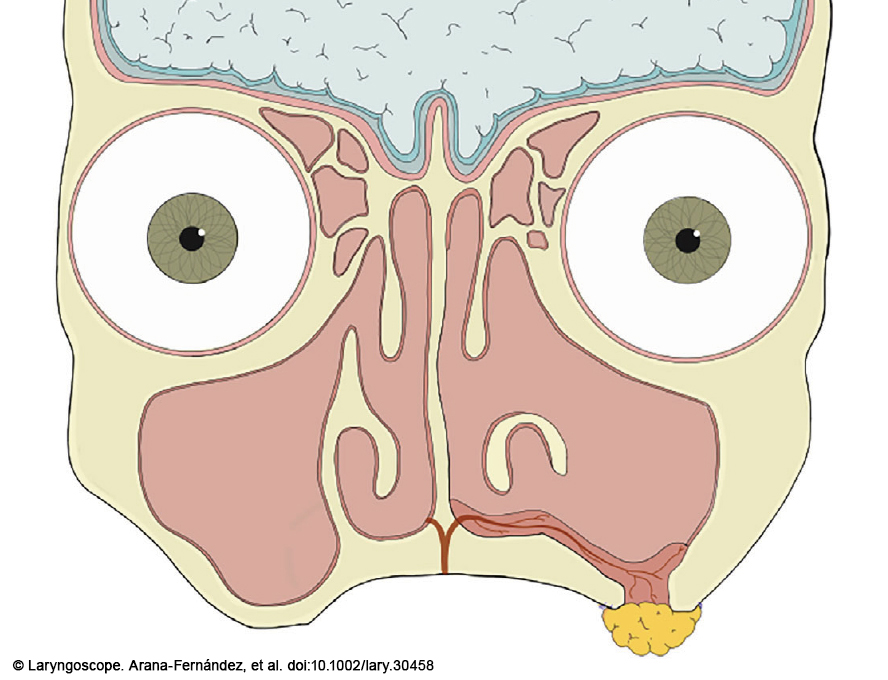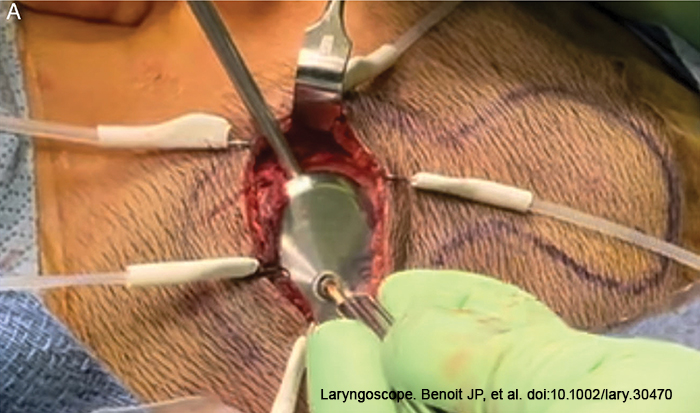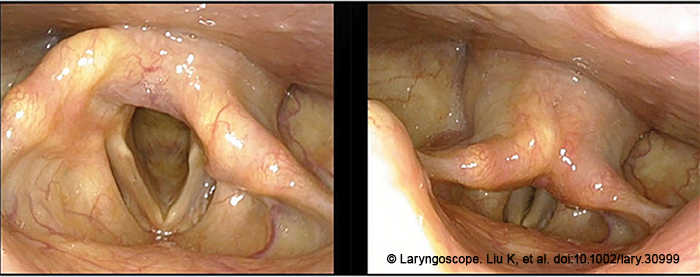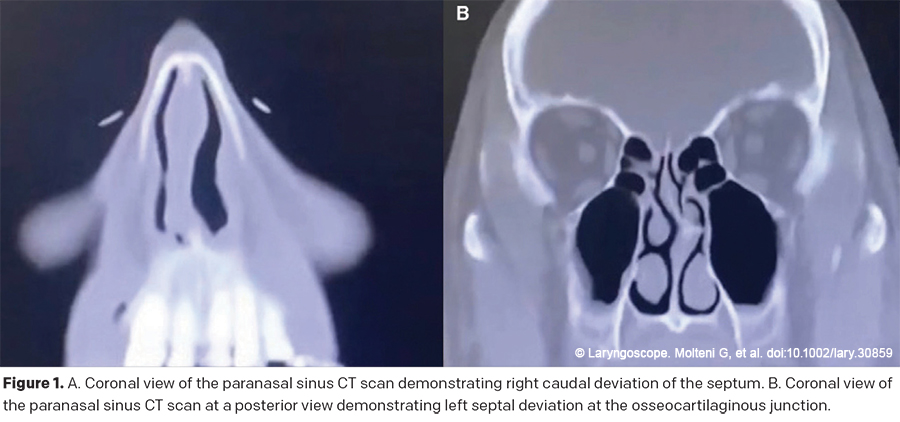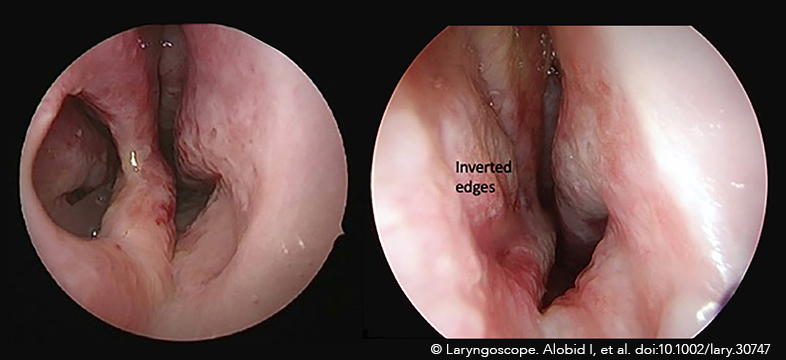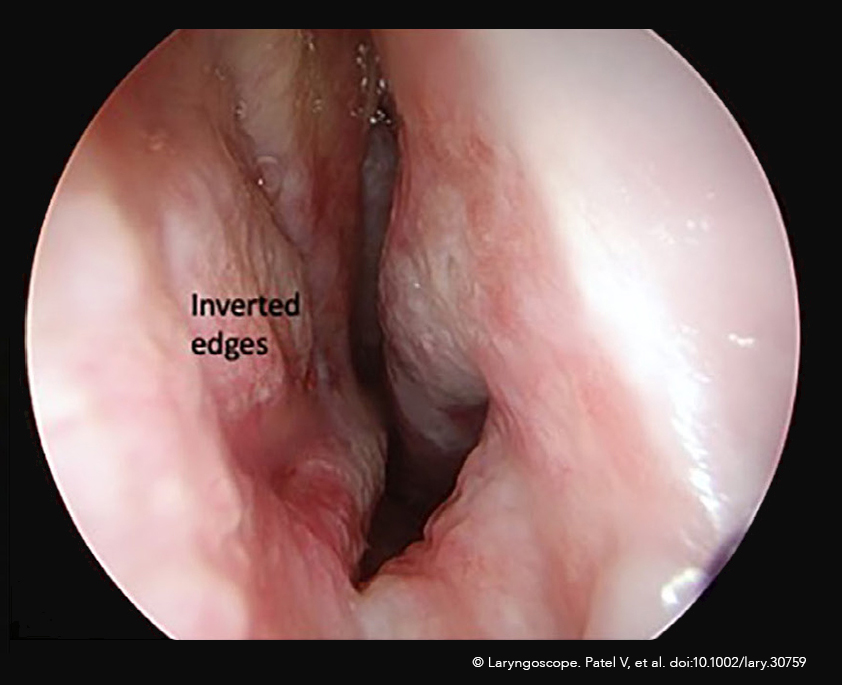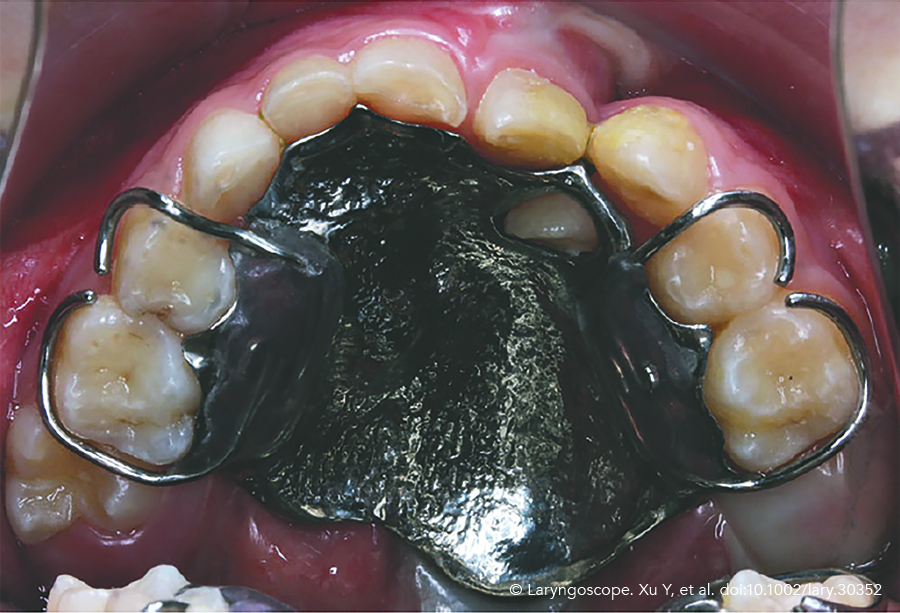The Procreate application was utilized on iPad Pro to intraoperatively annotate 3D renderings of head and neck surgical defects and resection specimens. By using Procreate on an iPad, the surgeon could annotate intraoperatively without breaking scrub to indicate the breadth of supplemental margins harvested in real time.

